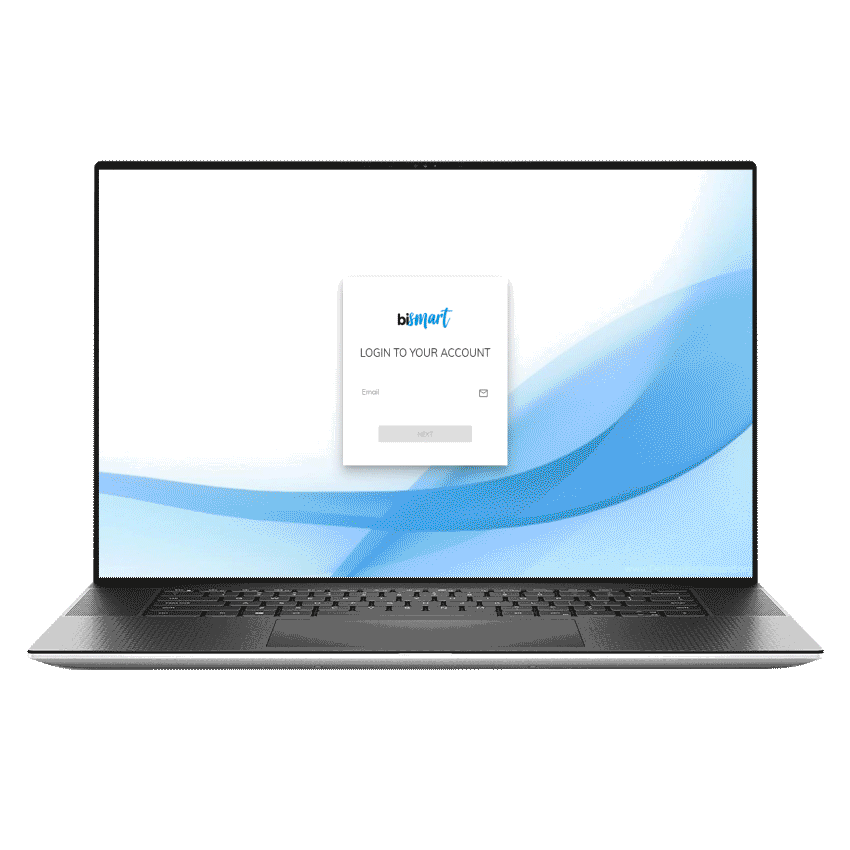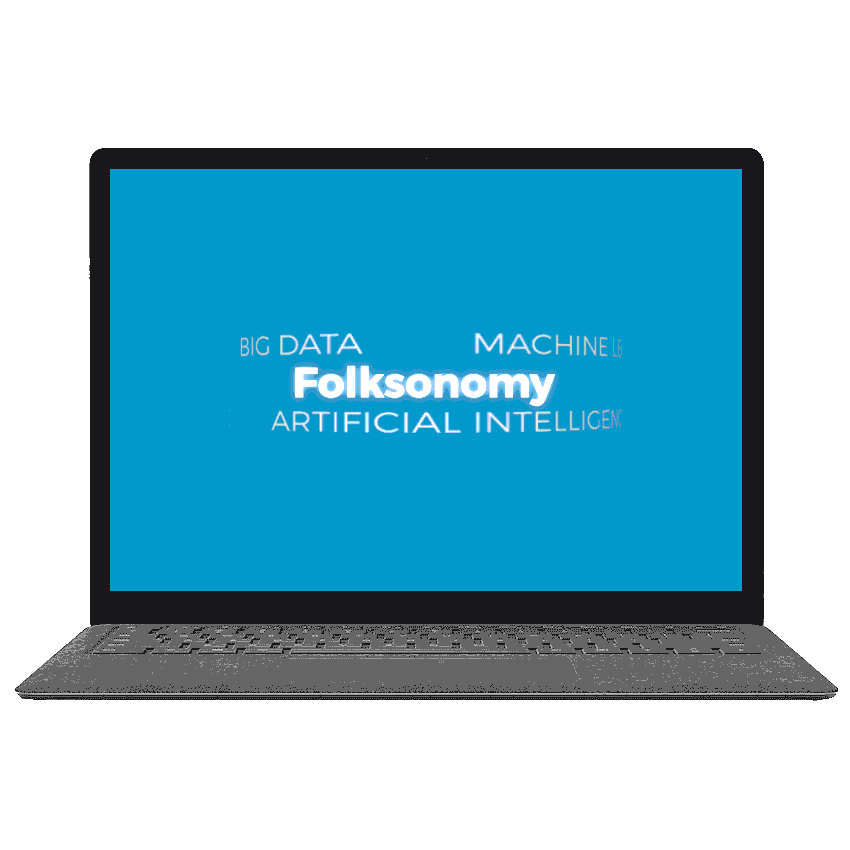Talk About Us
- ASER MURIAS, CTO DE BISMART, HABLA DE IA EN EL DIARI D’ANDORRA
- BISMART’S POWER BI BI VIEWER IN THE PRESS
- BISMART FOLKSONOMY APPEARD IN THE PRESS
- ASER MURIAS, CTO DE BISMART, HABLA DE IA EN EL DIARI D’ANDORRA
- ASER MURIAS, CTO DE BISMART, HABLA DE IA EN EL DIARI D’ANDORRA
- BISMART’S POWER BI BI VIEWER IN THE PRESS
- BISMART FOLKSONOMY APPEARD IN THE PRESS

Aser Murias, CTO at Bismart, has been interviewed by Diari d'Andorra about the role of artificial intelligence in business transformation.
In the interview, Aser highlights the fundamental role of artificial intelligence (AI) as a driver for business transformation. Although AI is not a new technology, its continuous evolution keeps it trending, especially relevant today thanks to the revolution of generative artificial intelligence.
Murias points out that the durability of AI is due to the exponential increase in data volume and the rise in computing power needed to process it. The interview discusses how AI is already being applied in companies across all sectors and sizes, highlighting specific examples such as the financial sector, where the use of bots is very useful for customer service, in addition to AI algorithms for fraud detection and prevention. The significant transformation of the tourism industry through AI solutions like Bismart's Hotel Management Dashboards, which integrate predictive analytics for more efficient management of hotel chains, is also emphasized.
In conclusion, Murias emphasizes the importance of AI in improving customer service and underscores the need to identify areas where AI can add value, thereby exploring opportunities for a positive and sustainable long-term impact.
You can read the entire article in Diari d'Andorra.

Bismart, an international data analytics company based in Barcelona, today announced the release of Power BI Viewer in Azure Marketplace, an online store providing applications and services for use on Azure. Bismart’s customers can now take advantage of Azure’s cloud platform with streamlined deployment and management.
Power BI Viewer offers a customizable and out-of-the-box environment that enables the visualization and management of every Power BI report from a single place. The tool has been designed to help organizations make the most out of their Power BI resources, allowing them to securely share an unlimited amount of reports with an unlimited number of users, even with those who do not have a Power BI license. These capabilities make Bismart’s Power BI Viewer a data democratization promoter, helping corporations with less resources take full advantage of the market’s leading BI platform.
The solution has a strong focus on data governance and data security. It provides extra security and administration functionalities that reinforce those of Power BI and meet the needs of every user involved: security administrators, corporate viewers, content and access administrators, authors, regular users and guest report viewers.
The digital media Magazine Startups has reported on the possibilities of Power BI Viewer. The magazine highlights: “Being a preferred Microsoft Partner since the very beginning, Bismart’s relationship with Power BI has been one for the long run. Bismart’s packaged solutions provide companies that want to build a modern data-driven culture with the resources they need to turn data into a business asset that has an impact on every process within the organization.”
Other media such as TecnoNews and News Digital Press, have also commented on the availability of Power BI Viewer in the Azure Marketplace. News Digital Press notes that Power BI Viewer is “the data governance and cost-saving solution that SMBs need”.

Bismart has developed, together with Hospital del Mar and Grupo Ferrer, the Bismart Folksonomy project, which consists of the application of text analytics and folksonomy to detect information and patterns within datasets. In this case, more than 1,600 medical discharges were analysed to answer research questions formulated by the Nephrology Department of the Hospital. Bismart published an article detailing the characteristics of the technology used, as well as the objectives and results of the project.
The results of this project have been published on the hospital’s website, as well as on the website of Microsoft News, the provider of the platform used to carry out the project.
The newspaper La Vanguardia has also published the success of the project, as well as many other media focused on the health sector such as Immedico, Parc de Salut Mar, Planta Doce o Geriatricarea. Many media from the technology and business sectors have also taken notice of the project. Among them, Computing.es, Deperu.net, Ciospain o Madrid Business.